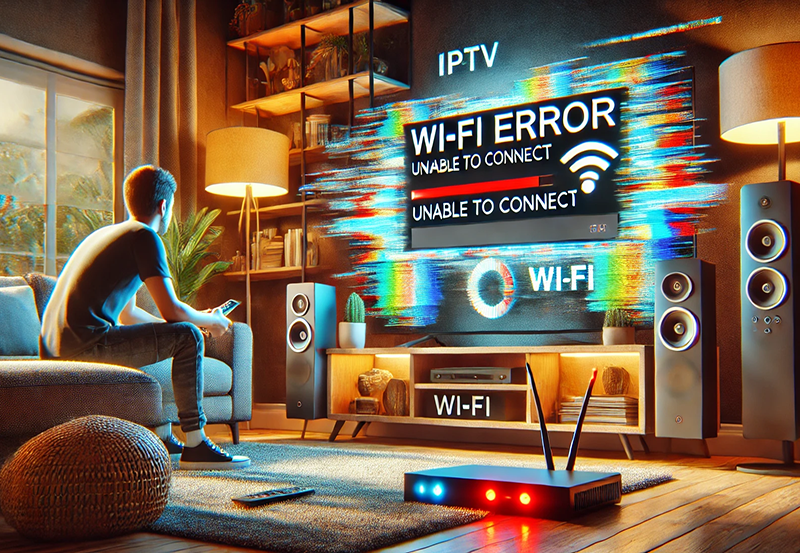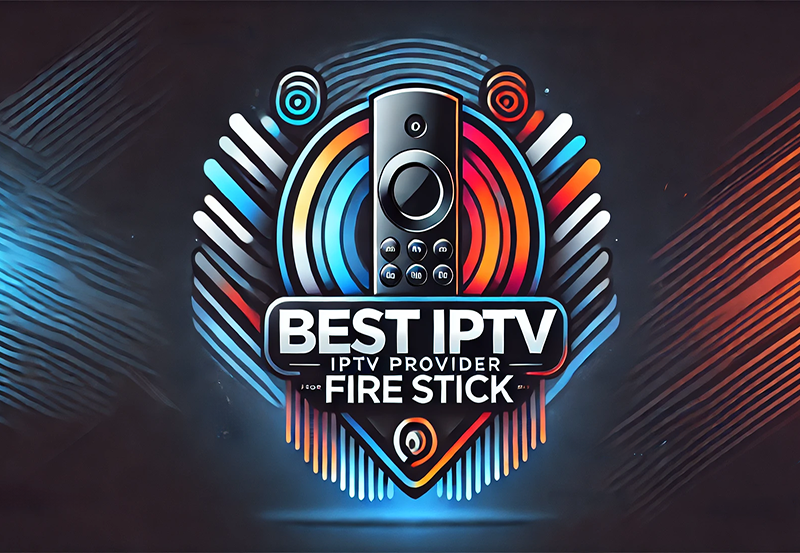As technology continues to evolve, the entertainment landscape has been undergoing a significant transformation. For decades, traditional cable television ruled the world of home entertainment, providing families with access to a wide array of channels. However, the rise of IPTV (Internet Protocol Television) has introduced a new competitor, one that promises greater flexibility, improved convenience, and better value for money. In this article, we’ll explore the key differences between IPTV and traditional cable, and why IPTV might just emerge as the victor in this ongoing battle.
1 Month IPTV Subscription – Buy Now
Flexibility and Customization: IPTV’s Edge
One of the most noticeable advantages that IPTV has over traditional cable is its flexibility. Cable services typically require bulky equipment such as set-top boxes, and users are often tied to rigid channel bundles that may include many channels they don’t even watch. On the other hand, IPTV offers a more personalized experience. Users can choose from a wide range of packages or even pay for specific channels they prefer, avoiding unnecessary content. IPTV’s ability to provide on-demand content, live TV, and catch-up services through an internet connection gives it a distinct edge, allowing viewers to watch what they want, when they want, without being bound to the strict schedules of cable television.
Cost-Effectiveness: IPTV Leads the Way
The financial side of the equation also heavily favors IPTV. Traditional cable packages are often notorious for their high monthly fees and hidden costs, such as equipment rentals, installation fees, and long-term contracts. These costs can add up quickly, especially for those who only use a fraction of the channels they pay for. IPTV, on the other hand, tends to offer more affordable options. Subscription-based IPTV services provide competitive pricing, often with no need for additional hardware or long-term commitments. Users can stream content directly through their smart TVs, mobile devices, or streaming sticks, which reduces overall costs. In a world where consumers are increasingly seeking to cut down on unnecessary expenses, IPTV’s budget-friendly model is highly attractive.
Content Variety and On-Demand Features
Another key differentiator between IPTV and traditional cable is content variety. Cable providers usually offer a fixed number of channels based on geographic location, and these packages can often feel restrictive. In contrast, IPTV opens up a world of possibilities with global access to thousands of channels, including specialized content such as niche sports, foreign films, and international news. Furthermore, IPTV’s on-demand capabilities allow users to access entire libraries of TV shows, movies, and other media at their convenience. Whether it’s binge-watching a series or catching up on a missed live event, IPTV ensures that users never miss out.
Picture Quality and Technology: A Game Changer
Traditional cable TV, while reliable, has limitations when it comes to picture quality. Many cable services still broadcast in 720p or 1080i, which, while decent, cannot compare to the full 1080p or even 4K streaming offered by IPTV providers. With the increasing availability of high-speed internet connections, IPTV delivers ultra-high-definition (UHD) content with minimal buffering. Moreover, IPTV can easily adapt to new technologies, such as virtual reality (VR) and augmented reality (AR), which promise to take entertainment to a whole new level. This adaptability gives IPTV a significant advantage in the long run, as consumers demand more immersive viewing experiences.
Convenience and Mobility: The Modern Viewer’s Demand
In today’s fast-paced world, viewers crave convenience and mobility. Traditional cable locks users into watching content on their home television sets, limiting their viewing experience to a specific location. IPTV, however, is built for mobility. As long as there is a stable internet connection, users can stream their favorite shows and movies from virtually anywhere in the world, using a variety of devices, including smartphones, tablets, laptops, and even gaming consoles. This convenience is particularly appealing to today’s mobile generation, who value the freedom to watch content on their terms.Steps to Add Channels to Favorites on MAG Device
The Future of Entertainment: IPTV or Cable?
While traditional cable still has a dedicated customer base, especially among older generations who are accustomed to its straightforward setup, it’s hard to ignore the growing appeal of IPTV. With its lower costs, enhanced flexibility, superior picture quality, and vast content options, IPTV is rapidly becoming the go-to choice for modern viewers. The streaming revolution has already begun, and IPTV is at the forefront, meeting the demands of a more tech-savvy, on-the-go audience.
However, cable is not entirely out of the race. Some viewers still prefer the simplicity and reliability of cable, particularly in areas with poor internet connectivity. But as high-speed internet continues to expand globally, the gap between cable and IPTV will only grow wider. IPTV’s ability to innovate and adapt to new technologies gives it a distinct advantage in the long-term battle for dominance in the entertainment industry.Getting Started with MAG Box for IPTV: A Beginner’s Manual
Conclusion: The Verdict
So, who will come out on top in the battle between IPTV and traditional cable? While both services have their strengths, IPTV’s advantages in cost, convenience, and technology position it as the likely winner in the long run. As more and more consumers seek greater flexibility and control over their viewing experience, the future of entertainment seems to be shifting in favor of IPTV. Whether cable can adapt to these changes remains to be seen, but for now, IPTV appears to be leading the charge into the future of television.





